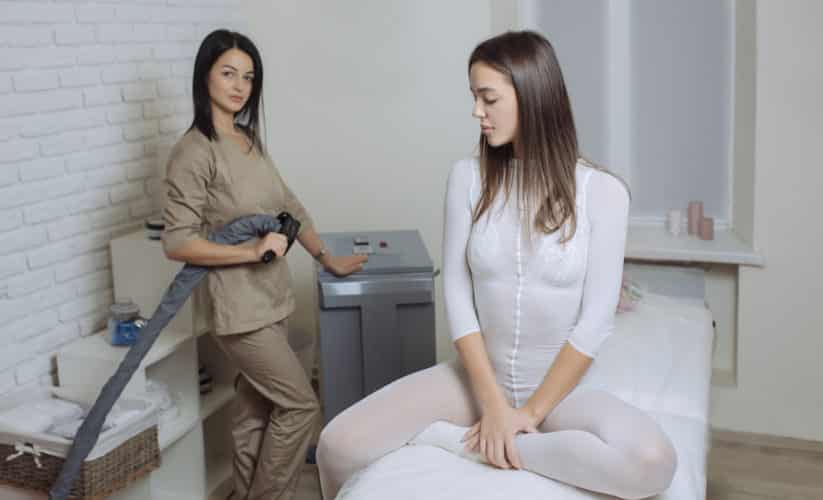Recovery time after liposuction
By Bassel

Recovery Time After Liposuction
Liposuction is a popular cosmetic procedure designed to remove unwanted fat from specific areas of the body, refining and reshaping the overall contour. While it can deliver remarkable results, understanding the recovery process is crucial for potential patients. Recovery time can vary significantly depending on the extent of the procedure, the areas treated, and the individual’s health and lifestyle. Here’s an insightful overview of what to expect during the recovery period after undergoing liposuction.
Immediate Post-Operative Phase
First 24-48 Hours
Immediately following the procedure, it’s common to experience pain, swelling, and bruising. Most surgeons use compression garments to help reduce swelling and hasten the healing process. These garments also support the treated areas, providing comfort as the body adjusts to its new contours. During this stage, patients are usually advised to rest and limit movement to promote healing.
Pain Management
Pain can vary from mild to intense, depending on the individual’s pain threshold and the liposuction technique used. Surgeons typically prescribe pain medication to manage discomfort during the first few days post-surgery. Over-the-counter pain relievers might also be recommended as the pain subsides.
Short-Term Recovery
First Week
During the first week, patients often notice a decrease in postoperative swelling and pain. It’s essential to maintain minimal activity during this period to ensure optimal healing. Following the surgeon’s guidance regarding the care of incision sites and drainage tubes, if applicable, is crucial.
Weeks 2 to 4
By the second week, most patients can return to work, provided their job doesn’t involve strenuous activities. Gradually, light exercises like walking can be introduced as part of the recovery process. The use of compression garments typically continues through this phase to further decrease swelling and improve contouring.
Long-Term Healing
One to Three Months
At this stage, most of the swelling and bruising should have subsided, and the results of the liposuction will begin to be more noticeable. However, some residual swelling may persist for a few months. Patients can usually resume more strenuous activities and exercise routines at this time, though it’s important to do so gradually and under a doctor’s supervision.
Six Months and Beyond
The final shape and results of liposuction are typically visible around six months after the procedure. By now, the swelling has resolved, and the tissues have settled into their new contours. It’s crucial for patients to maintain a stable weight and follow a healthy lifestyle to preserve the effects of liposuction.
Factors Affecting Recovery
Technique Used
Different liposuction techniques can impact the recovery time. For instance, techniques like ultrasound-assisted liposuction (UAL) or laser-assisted liposuction (LAL) might have shorter recovery times due to their tissue-selective properties which cause less trauma.
Individual Factors
Age, overall health, and the body’s ability to heal affect how quickly one recovers from liposuction. Younger, healthier patients typically recover faster than older adults or those with certain health conditions.
Conclusion
Recovery from liposuction varies widely among individuals. It is influenced by the extent of the procedure, the liposuction method used, and personal health factors. Following the surgeon’s post-operative instructions and attending follow-up appointments are integral to a smooth recovery and achieving the best possible results. As always, having realistic expectations and a positive outlook can significantly enhance the post-operative experience and outcome.


